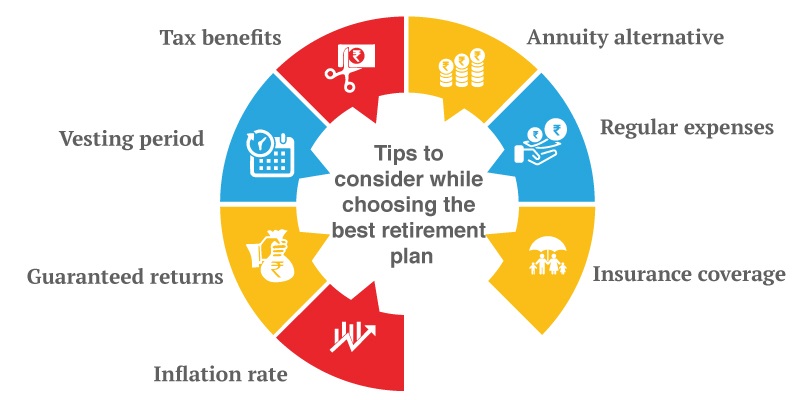In the retail world, efficient supply chains are essential to maintaining competitiveness and meeting consumer needs effectively. The sector, reshaped by recent global events, faces ongoing challenges that highlight the necessity for solid, adaptable strategies. As businesses steer through these issues, 63% of organizations in 2024 have implemented technological solutions to monitor and assess the efficiency of their supply chains. Let’s delve into how contemporary solutions can significantly bolster supply chain operations, preparing retailers to succeed amid continual changes.
Leveraging Technology to Streamline Operations
Adopting advanced technology forms the foundation of a modern retail supply chain. Retailers encounter complex challenges that necessitate precise and agile responses, making the integration of technology essential. Tools like apparel management software integrate operations from the procurement of raw materials to the delivery of finished products. This technology streamlines inter-departmental data flows, enhancing transparency over inventory specifics and refining forecasts for demand.
This not only includes tracking inventory but also managing customer relationships and analyzing sales patterns to better forecast future demands. Retail enterprises integrating such comprehensive technological frameworks not only refine their procedural efficacy but also position themselves to swiftly adjust to fluctuations in market dynamics and evolving consumer preferences. Moreover, such integrations facilitate compliance with regulatory requirements and sustainability standards, ensuring that operations remain up-to-date with global standards.
Adopting Just-in-Time Inventory Protocols
Just-in-Time (JIT) inventory protocols align deliveries precisely with consumer demand, substantially reducing excess and lowering storage expenditures. This methodology empowers retailers to sustain minimal inventory levels, thus freeing capital previously immobilized in unsold inventory. JIT necessitates stringent coordination with vendors to secure the on-time arrival of materials and goods, thus curtailing risks linked to inventory excess or deficiencies. This strategy instills a perpetual improvement ethos within the supply chain, prompting both retailers and suppliers to refine and optimize their operational processes.
Fortifying Supplier Partnerships
Robust alliances with suppliers serve as the cornerstone of an agile and resilient supply chain, particularly within the vast global marketplace. Retailers lean on these relationships not merely for punctual deliveries but as a pillar of ongoing product quality and innovation. Intensive cooperation with suppliers ensures a harmonization of objectives, which in turn, elevates product standards and stabilizes delivery timelines. Proactively involving suppliers during the initial stages of product design often paves the way for groundbreaking products that resonate with evolving market demands.
Such deep-rooted connections usually yield more advantageous contractual terms, enhancing both the sturdiness and efficacy of the supply chain operations. Moreover, these strategic partnerships act as a buffer against the unpredictability of global political and economic shifts, ensuring consistent supply chain operations amid fluctuating conditions.
Harnessing Advanced Predictive Methodologies
Employing cutting-edge predictive methodologies such as predictive analytics significantly refines a retailer’s perspective on imminent market trends and consumer behavior. These methodologies leverage intricate data analysis and machine learning to pinpoint critical influencers of demand, such as seasonal shifts and macroeconomic factors.
Augmented by AI capabilities that adeptly simulate diverse market conditions and forecasts with increased precision, these insights enable retailers to judiciously manage stock levels, pricing, and promotional strategies, thus aligning offerings more closely with consumer demands.
Additionally, such advanced analytics facilitate the customization of marketing approaches and adaptation of product assortments to individual consumer tastes, bolstering engagement and fostering loyalty. As these predictive instruments evolve, they equip retailers with increasingly refined tools to sharpen their supply chain strategies and sustain a competitive advantage.
Optimizing Transportation and Logistics
Efficient transportation and logistics are vital for timely delivery and customer satisfaction. With the increasing complexity of global supply chains, optimizing logistics is crucial. Strategies like route optimization and dynamic scheduling help reduce shipping times and costs. Improved carrier terms, alternative transportation modes, and enhanced logistics visibility further streamline operations. Integrating GPS tracking, for instance, allows retailers to provide accurate delivery estimates and quickly address transit issues.
Investing in Employee Training and Development
The success of any technological or procedural enhancement relies heavily on the workforce. As supply chains incorporate more advanced technologies, the need for skilled staff grows. Comprehensive training programs ensure employees are equipped to manage new technologies and processes effectively.
Expanding training programs to include leadership development and decision-making under pressure can further empower employees, fostering a proactive rather than reactive workforce. Ongoing education helps staff stay current on industry trends and fosters a culture of continuous improvement.
Moreover, regular feedback loops between employees and management can help identify gaps in skills and knowledge, allowing for more targeted training initiatives. A knowledgeable workforce drives innovations within the supply chain, enhancing overall performance and resilience.
Conclusion
Enhancing supply chain efficiency is an ongoing effort that demands dedication to innovation and strategic planning. Through embracing new technologies, refining inventory management, strengthening supplier relationships, and investing in employee development, retailers can construct more robust and efficient supply chains. These improvements not only boost operational efficiency but also increase customer satisfaction and profitability. Moving forward, consider how these strategies can be adapted to meet the specific challenges and opportunities within your retail operation.
Read More: Practices for Creating Engaging Content in Your LMS



